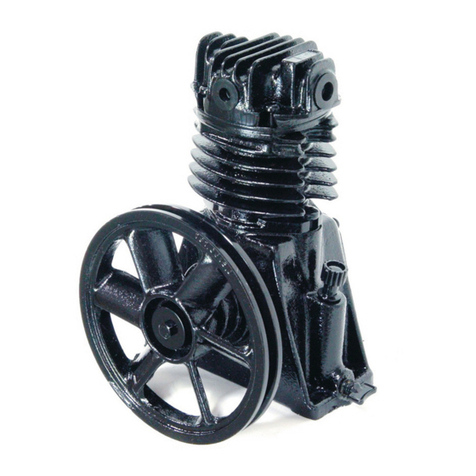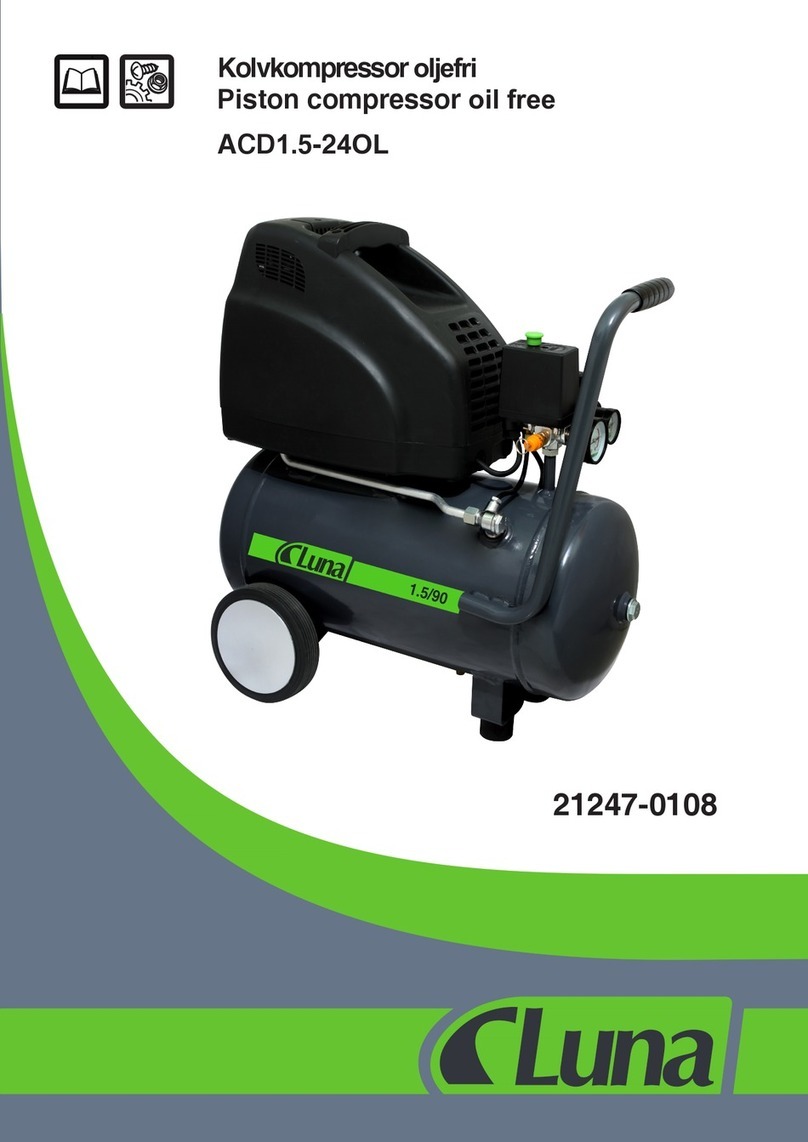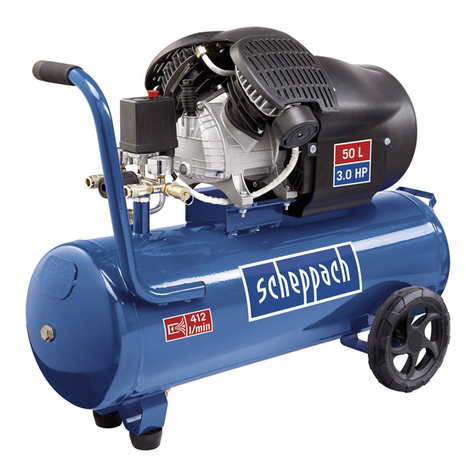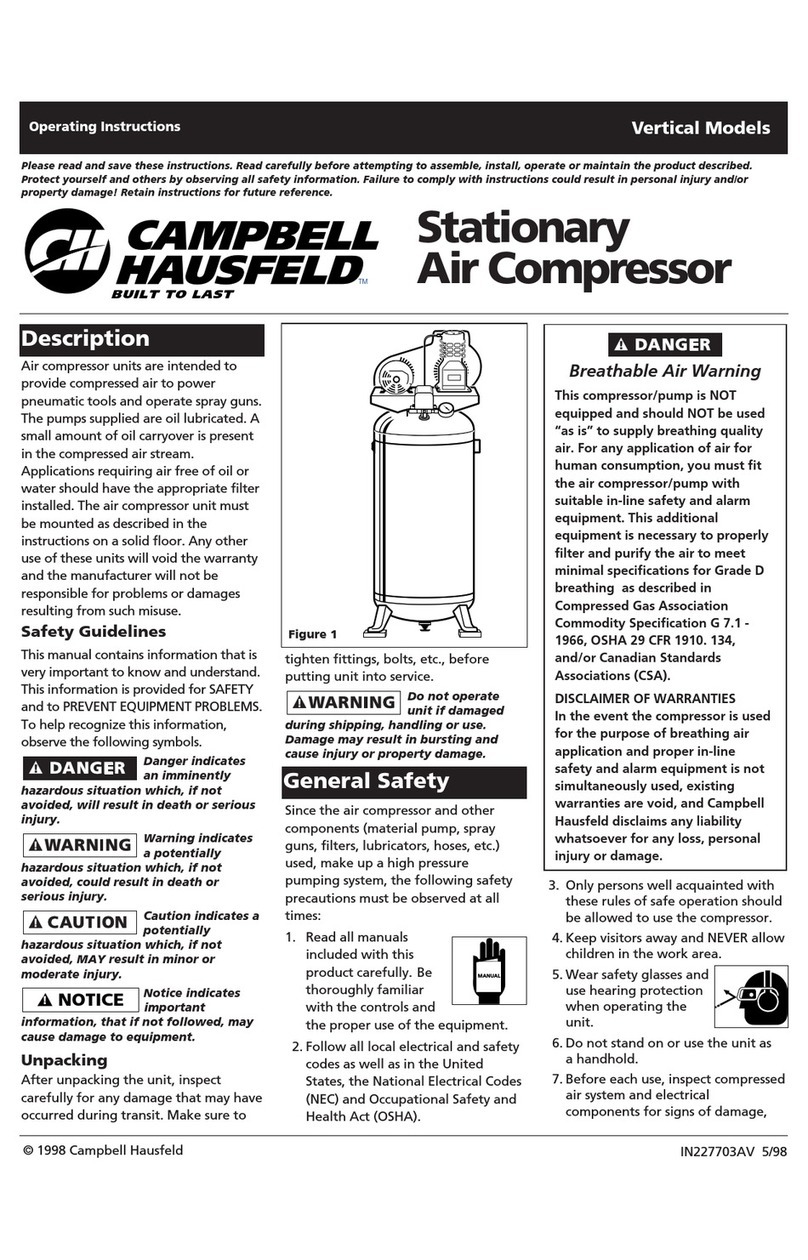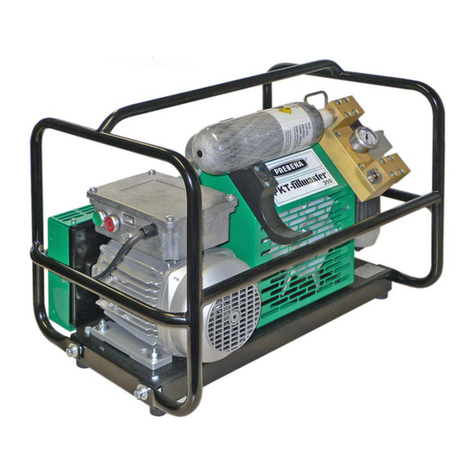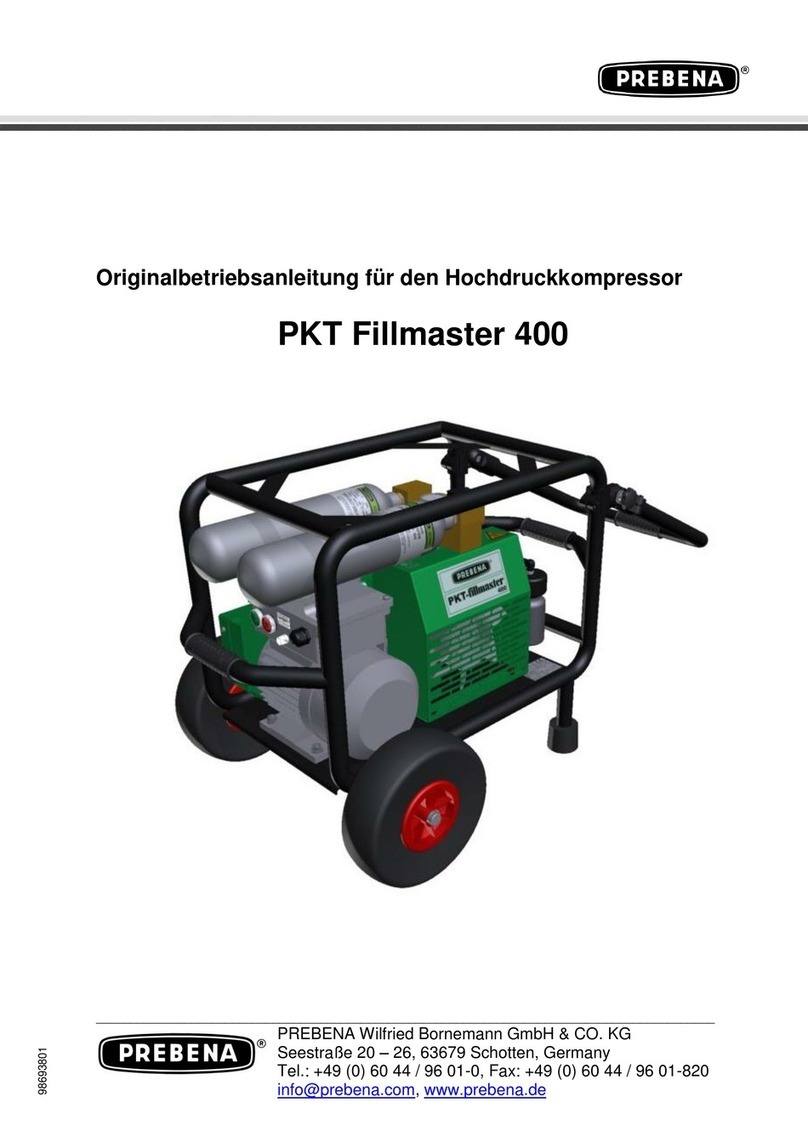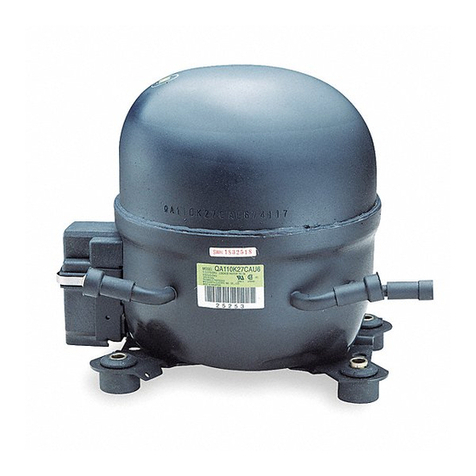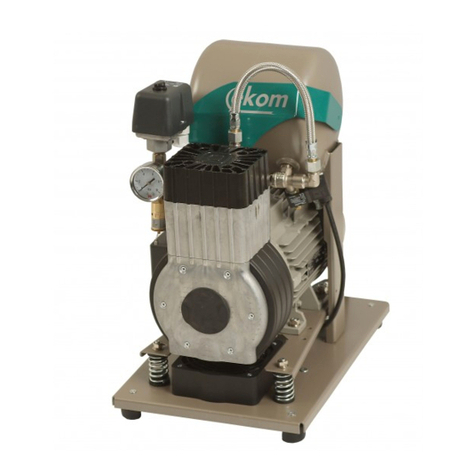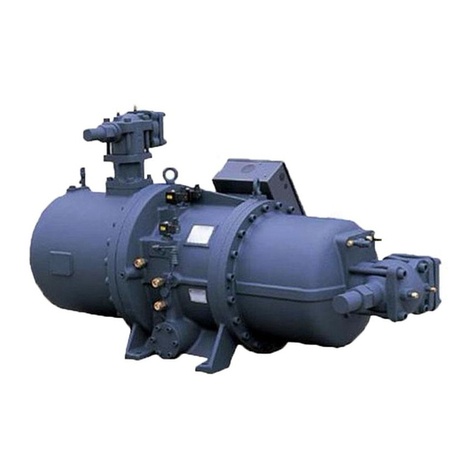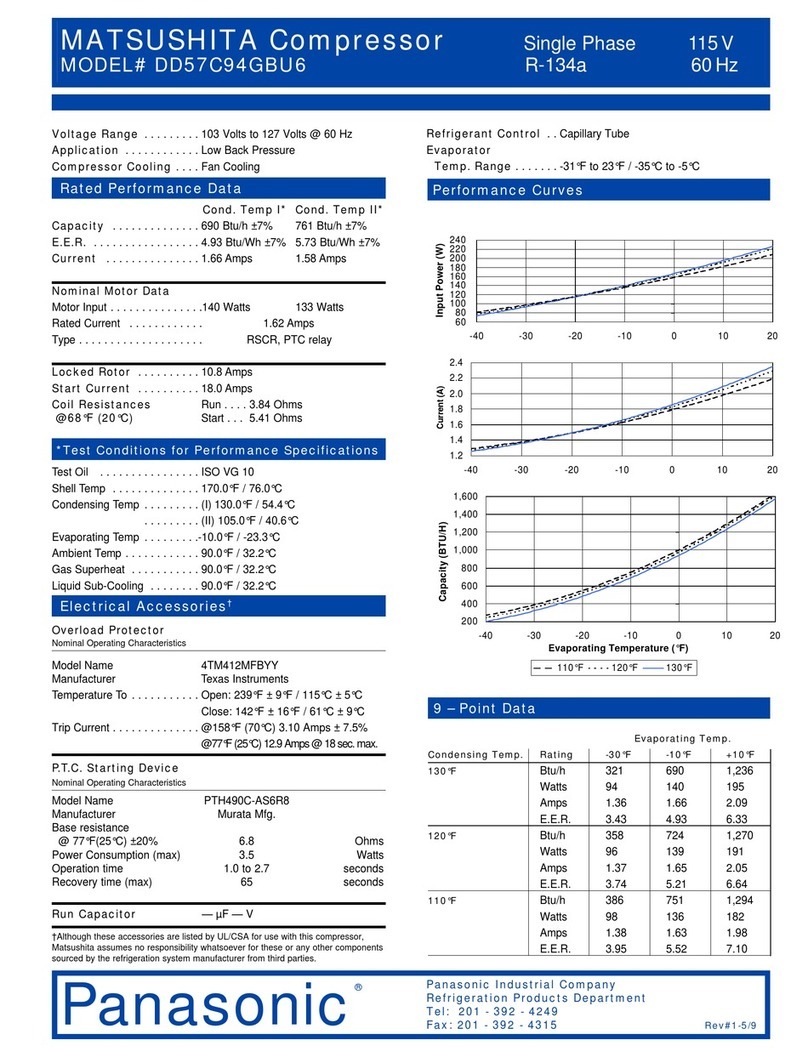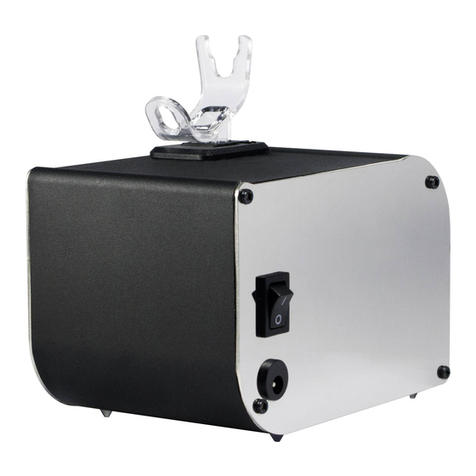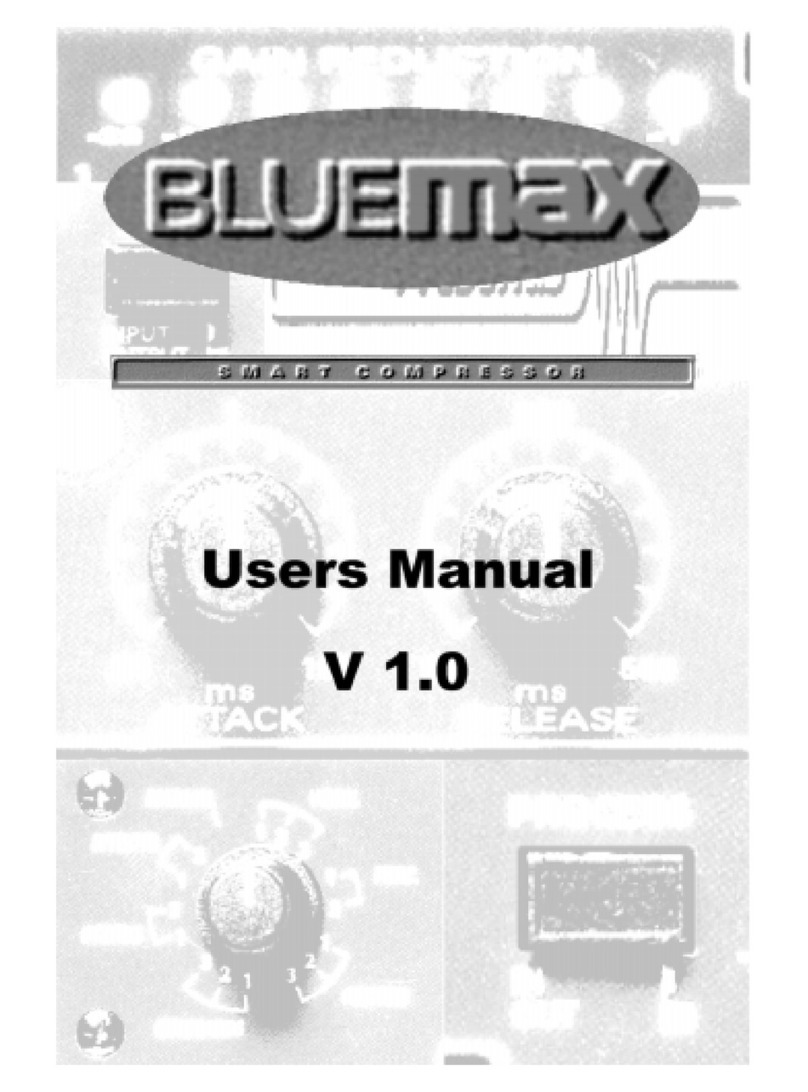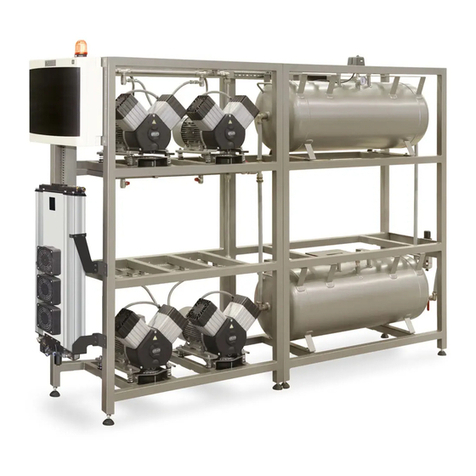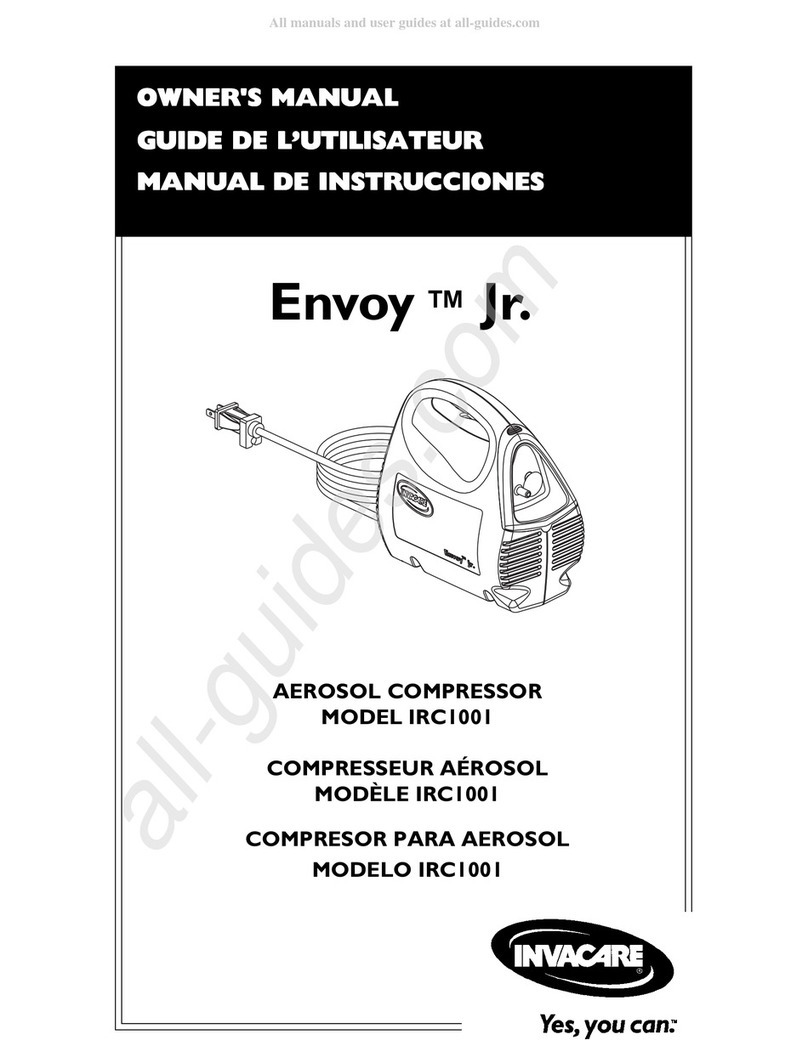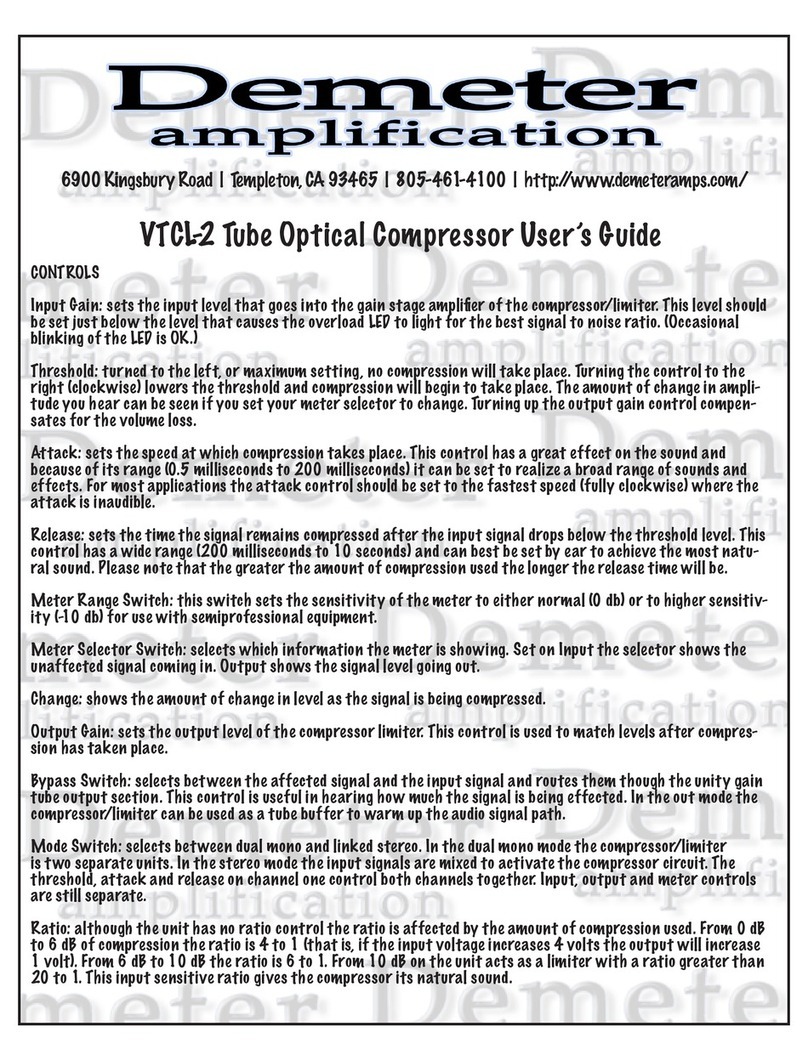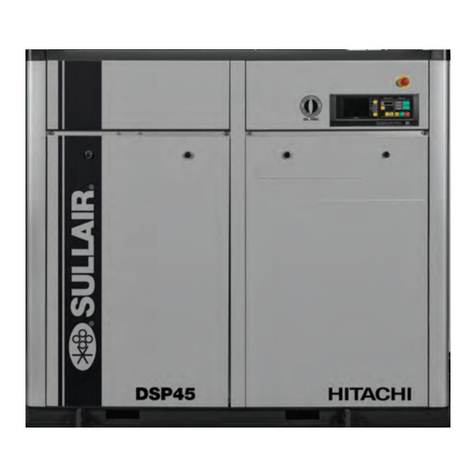
Table of contents
Preface..............................................................................................2
Table of contents.............................................................................3
Layout characteristics ....................................................................5
General layout characteristics......................................................5
Safety instruction attributes..........................................................6
Basic safety instructions ......................................................7
Proper, intended use....................................................................7
Avoid the risk of fatal injuries........................................................8
Avoid explosion hazards ..............................................................8
Avoid risk of injury ........................................................................8
Avoid damage to the pressure equipment ...................................8
Description.......................................................................................9
Equipment overview and scope of supply....................................9
Function......................................................................................11
Product features.........................................................................11
Side and direction specifications................................................11
Accessories................................................................................12
Information on the rating plate....................................................12
Preparing the pressure equipment..............................................13
Unpacking the pressure equipment............................................13
Check condition..........................................................................14
Connecting pressure equipment to the compressed air supply.15
Using the pressure equipment.....................................................19
After operation...............................................................................23
Disconnect the compressed air supply ......................................23
Transporting and storing the pressure equipment....................25
Packing.......................................................................................25
Storage.......................................................................................26

